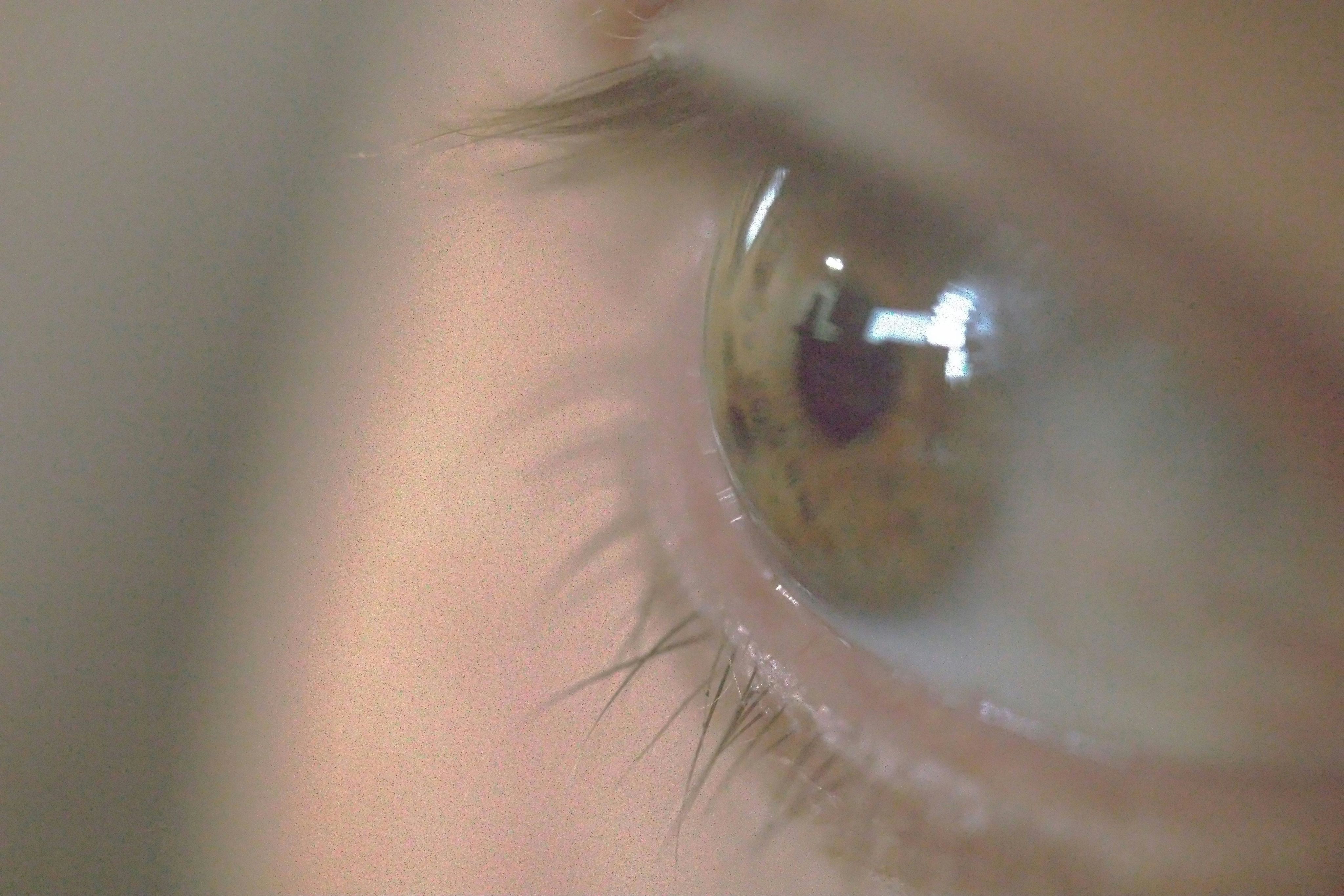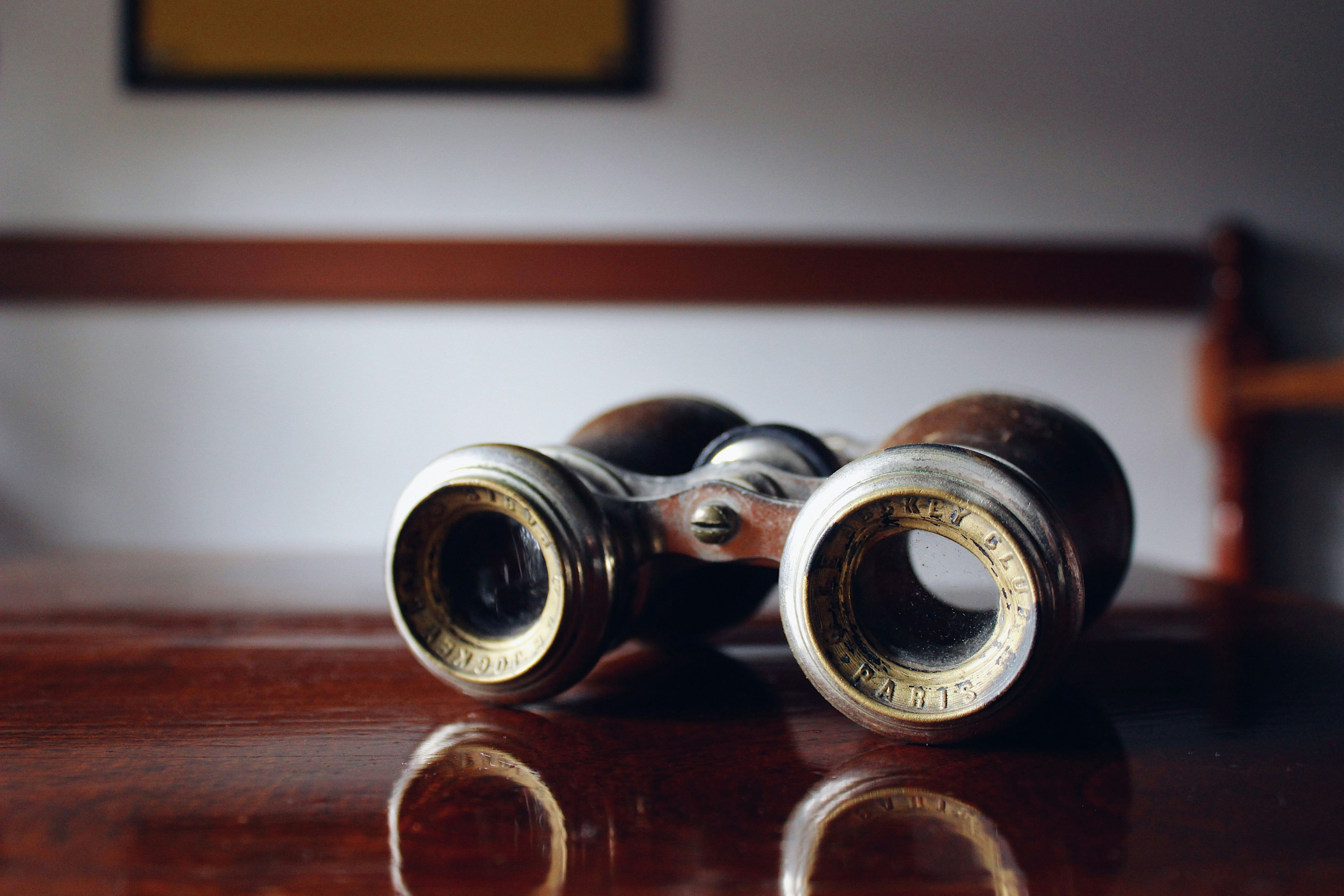The Power of Observation: Understanding Child Behavior

In early childhood education, one of the most powerful tools educators and caregivers have is simple but profound: observation. By carefully watching how young children interact with their environment, with peers and with adults, we can gain deep insight into their developmental progress, emotional state and learning needs.
At its core, child observation is more than just watching. It is a structured and intentional process that allows educators to understand a child’s behavior, interests and challenges. This information is then used to create effective learning environments, support individual needs and communicate progress with families.
Why Observation Matters in Early Childhood Education
Every child is unique. While one toddler might be outgoing and vocal, another might be quiet and observant. Observation helps early childhood educators move beyond generalisations and see the individual child. This is crucial in the formative years (birth to age 8), when a child’s brain is developing rapidly.
Through observation, educators can:
- Track developmental milestones: Is the child walking, talking and interacting in age-appropriate ways?
- Understand behavior patterns: Is a child acting out because of frustration, sensory issues or a change at home?
- Personalise learning: Does the child prefer hands-on activities or storytelling? Group play or independent exploration?
- Identify learning difficulties early: Spotting signs of developmental delays or learning disorders enables early intervention.
- Build stronger relationships: Children feel seen and understood when their behaviors are responded to with empathy and support.
The Role of Observation Techniques
There are many methods early childhood educators use to observe children effectively:
- Anecdotal records: Short, factual notes of what a child does or says.
- Running records: Detailed notes taken over a set period of time.
- Checklists: Lists of skills or behaviors to track progress.
- Time sampling: Observing what a child does at set intervals.
- Event sampling: Documenting specific types of behavior when they occur.
The key to all these methods is non-judgmental documentation. The observer records what is seen and heard, without interpreting or assuming motive, at least initially. This allows for clearer analysis and planning.
Observation and Behavior: Looking Beneath the Surface
When a child throws a tantrum or refuses to share, it’s easy to label it as “bad behavior.” But with observation, educators can dig deeper. Is the child tired, hungry or overstimulated? Has a routine changed at home? Is the child struggling to communicate needs verbally?
In early childhood education, behavior is communication. Observation helps us understand the why behind the what. This reduces punitive responses and instead promotes strategies like redirection, emotional coaching or sensory breaks, tools that support long-term emotional regulation and social development.
From Observation to Action: Using Data to Support Growth
Observation is only powerful when it leads to action. Educators use observation data to:
- Adjust lesson plans to match learning styles and interests
- Design classroom environments that support different needs
- Engage with parents meaningfully during conferences
- Collaborate with specialists when additional support is needed
At institutions like Veritas University College, students enrolled in the early childhood education programme are trained in these exact practices. Through hands-on practicum, coursework in child development and modules in observation and assessment, Veritas prepares future educators to be keen observers and responsive professionals.
Building Empathy and Professional Skills
Learning how to observe also teaches patience, empathy and cultural sensitivity. Not all children express themselves in the same way, especially in a diverse society. Observation allows educators to honour these differences and approach teaching from a place of understanding.
Early childhood education students at Veritas are equipped with 21st-century skills that go beyond the textbook. They learn to read between the lines. Recognising that a quiet child may be just as engaged as a loud one or that consistent daydreaming may signal creativity rather than inattention. These insights make them not just good teachers, but great ones.
Preparing the Next Generation of Educators
Understanding child behavior through observation is not just a technique. It’s a mindset. It requires curiosity, openness and a commitment to seeing each child as a whole person. At Veritas University College, the Diploma in Early Childhood Education and other related programmes are designed to nurture these skills from day one.
Students learn how to conduct observations ethically and respectfully, interpret findings using developmental theory and apply this knowledge to real-life teaching settings. With flexible study options and industry-relevant training, Veritas helps shape educators who are prepared to meet the growing demands of the field—and change lives in the process.
Observation is the gateway to understanding child behavior. In the world of early childhood education, this understanding forms the foundation for effective teaching, meaningful relationships and long-term success. Whether you are a parent, aspiring educator or lifelong learner, remember: the best way to support a child is to see them first.
References
- Veritas University College. (2024). School of Education. Retrieved from https://www.veritas.edu.my/education/
- NAEYC. (2020). The Power of Observation. Retrieved from https://www.naeyc.org/resources/pubs/yc/nov2010/the-power-of-observation
- Department of Education and Training Victoria. (2022). Observation and Assessment in Early Childhood.
- Berk, L. E. (2013). Child Development (9th ed.). Pearson Education.



